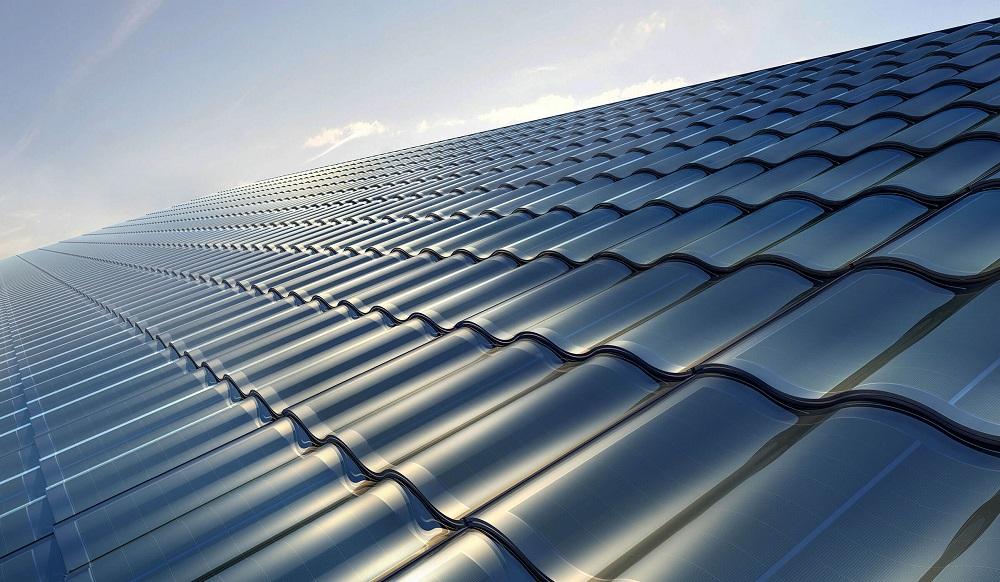Roofing Systems: Choosing the Right One for Your Home

The roof of your home serves as an important protective layer for everything inside. It shields your home and its occupants from rain, wind, heat and other external elements. With so many roofing options on the market today, choosing the right roofing system can be an overwhelming decision. This article aims to provide an overview of the major roofing systems available and factors to consider when selecting the ideal roof for your home.
Asphalt Shingles
Asphalt shingles are one of the most commonly used roofing materials today due to their affordability and durability. There are two main types - fiberglass asphalt shingles and organic asphalt shingles. Fiberglass asphalt shingles are made from fiberglass reinforced with asphalt. They are fire resistant and have a lifespan of 15-25 years when installed correctly. Organic asphalt shingles contain a base made from felt paper or mats instead of fiberglass. They are less durable with a lifespan of 10-15 years.
Some benefits of asphalt shingles include:
- Affordability: Asphalt shingles offer one of the most cost-effective Roofing Systems options.
- Durability: Good quality asphalt shingles can last 15-25 years depending on the environment and roof pitch.
- Low maintenance: Asphalt shingles do not require much ongoing care after installation.
- Variety of colors: Asphalt shingles come in a wide range of colors to match your home's aesthetics.
Some drawbacks are that asphalt shingles are not as environmentally friendly or sustainable as other materials. They may also be susceptible to damage from hail, high winds or foot traffic during installation. Proper attic ventilation also needs to be ensured to prevent heat buildup that can reduce longevity.
Metal Roofing
Metal roofing offers an attractive and very durable option for residential and commercial properties. Common metal roofing materials include steel, copper, titanium and aluminum. Some benefits of metal roofing include:
- Durability: When installed properly, metal roofs can last 50+ years which is much more than asphalt shingles. The material does not deteriorate over time due to weathering.
- Energy efficiency: Metal roofs reflect heat helping to keep homes cooler in summer and retain warmth in winter. This provides year-round energy savings on heating and cooling costs.
- Fire resistance: Non-combustible metals like aluminum and steel provide excellent fire resistance for homes located in wildfire prone areas.
- Sustainability: Metal roofing materials are durable and 100% recyclable at the end of their lifespan. Systems can also be made from recycled materials.
- Low maintenance: Unpainted metal roofs require little care over their lifetime apart from periodic washing. Painted surfaces may need touch-ups.
Downsides of metal roofing include higher upfront costs than asphalt shingles. Installation may also be more complex and roof leakage issues could arise if not installed properly by experienced contractors. Some homeowners also cite noise issues during heavy rains.
Tile Roofing
Traditionally used for Spanish, Mediterranean and Santa Barbara architectural styles - clay and concrete tiles add an aesthetically pleasing element to any home. There are several main types of tile roofs:
- Clay tile: Natural clay tiles provide a classic look. They come in S-shape or flat profiles in various earthy colors. Clay tiles are highly durable and fire resistant. Lifespan is estimated at 50-100 years with proper maintenance.
- Concrete tile: Made of concrete rather than clay, these tiles also mimic traditional profiles while providing equivalent lifespan benefits. They are slightly less expensive than clay tiles.
- Cement tile: Cheaper alternative to clay and concrete tiles, cement tiles have a somewhat lower lifespan averaging 30-50 years. They are more susceptible to cracking from temperature variations.
The pros of tile roofing include beauty, fire resistance and sustainability but installation requires skilled labor and ongoing maintenance like periodic cleaning. Upfront costs tend to be higher than asphalt or metal roofs. Regular roof inspections also need to be done to assess and repair any damaged tiles. Overall, tile roofing provides good value if maintained properly throughout its long service life.
Green Roofing Options
For homeowners seeking more eco-friendly roofing choices, green options like vegetated roofing, solar roofing and cool roofing technologies are increasingly popular.
- Vegetated or green roofs: Partially or completely covered with plant life that helps insulate the building, reduce utility costs and decrease stormwater runoff. Initial costs are higher but benefits outweigh expenses over time. Specialized installation is required for structural and waterproofing elements.
- Solar roofing or solar shingles: Integrated silicon photovoltaic cells convert sunlight directly into electricity instead of using traditional roofing materials. Energy generated from roof offsets home's electricity consumption. High upfront costs are offset by tax credits, long warranties and net-metering. Some styles resemble traditional roof aesthetically.
- Cool or reflective roofing: Made from special materials with high solar reflectance/thermal emissivity to stay significantly cooler than regular roofs. Reflect heat rather than absorb it. Along with attic ventilation, helps moderate indoor temperatures, reduce energy costs and curb carbon emissions. Asphalt shingles and metal roofing options are available.
Choosing the Right Roofing System
When selecting a roofing system for your home, consider factors like your budget, architectural style, energy goals, climate, liability risks, maintenance requirements and lifespan needs. Consult contractors licensed for the materials being considered. Evaluate product warranties and verify references. Inspect existing roof thoroughly if re-roofing to determine any structural repairs required first. With careful evaluation, the right roofing choice will protect your most valuable asset for many years to come.
Get more insights on- Roofing Systems
- Art
- Causes
- Crafts
- Dance
- Drinks
- Film
- Fitness
- Food
- Игры
- Gardening
- Health
- Главная
- Literature
- Music
- Networking
- Другое
- Party
- Religion
- Shopping
- Sports
- Theater
- Wellness
- IT, Cloud, Software and Technology


